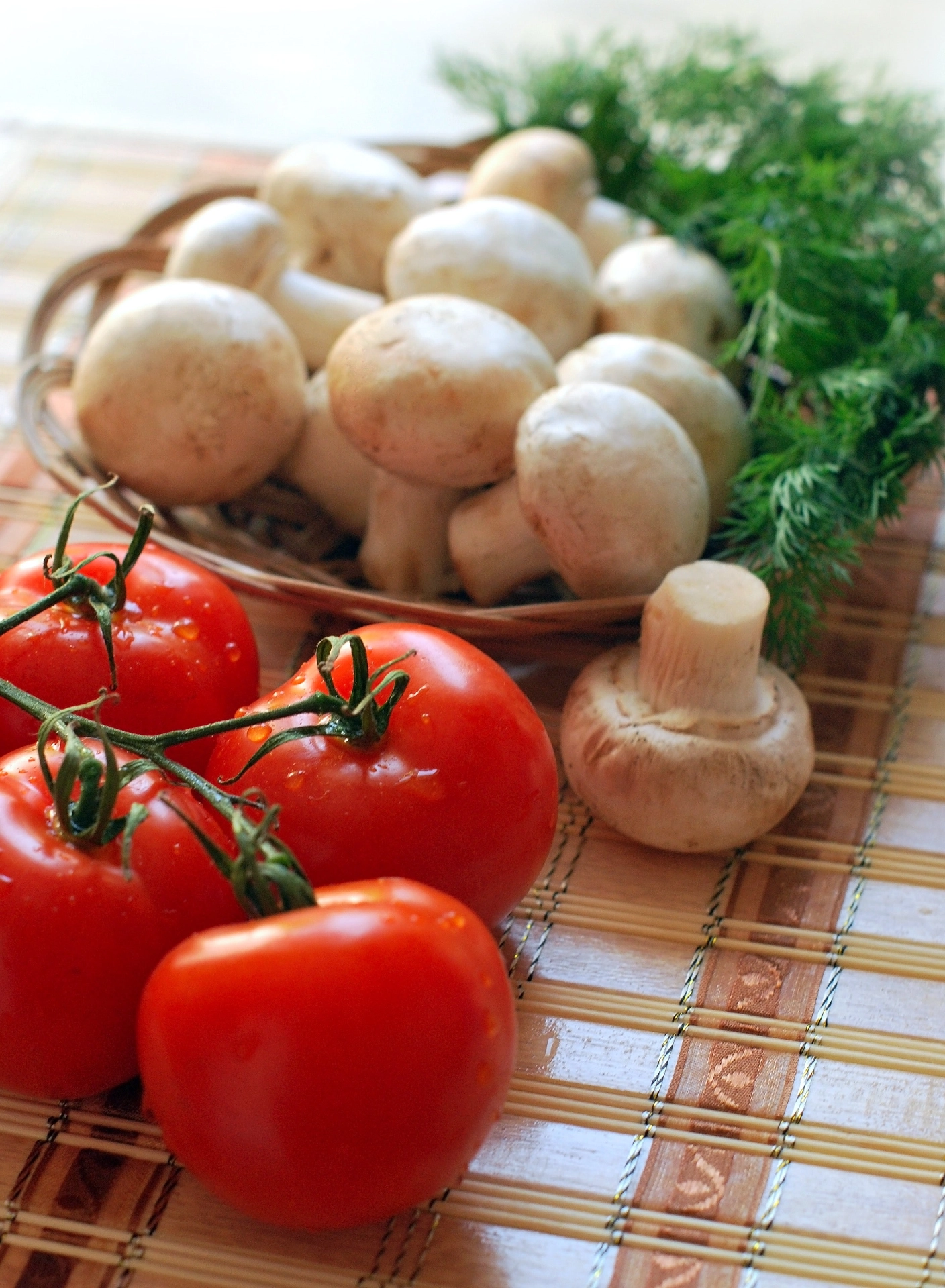You're already a water-saving fox. You're thoughtful and turn off the tap in the shower while you soap up. You collect rainwater in the barrel to water your plants, and before going to the toilet or using the dishwasher, you press the economy flush button or choose the eco program for reduced water consumption. The average Western European uses around 130 litres a day for drinking, washing, and cooking. That sounds reasonable at first, but beware: The real water usage hides in your consumption.
What do my shopping habits have to do with global water consumption?
The Food and Agriculture Organization (FAO) reports: "Each of us drinks two to four litres of water a day.
 But it takes 2,000 to 5,000 litres of water to produce the daily food for one person." The European Parliament states that one third (1.3 billion tons) of food is lost or thrown away at a time when some 2.2 billion people on earth currently have no access to safe drinking water.
But it takes 2,000 to 5,000 litres of water to produce the daily food for one person." The European Parliament states that one third (1.3 billion tons) of food is lost or thrown away at a time when some 2.2 billion people on earth currently have no access to safe drinking water.
Do these facts leave you speechless? What helps people who live in water-scarce countries? It helps them if we pay attention to how much water is in our tomatoes from Spain, in our jeans and T-shirts, or in the meat on our plates.
Indirect water consumption - Pay attention to your water footprint
The water footprint, coined by the English geographer John Anthony Allan and significantly developed by the Dutch scientist Arjen Hoekstra, illustrates our direct and indirect water consumption. It is an indicator of the water we use directly in the household or indirectly through our everyday consumption of coffee, vegetables and meat or paper and clothing.
The Water Footprint Network provides a tool that gives you an indication of the water footprint of an individual, a company and even an entire nation.
"Eating just one steak less a year saves more water than using rainwater in the home," calculates Rainer Berg. The biologist is spokesman for the German Association for Water Management (DWA).
15,000 litres for a kilo of beef
Agriculture requires vast amounts of water for many production processes, for example tomatoes or strawberries from Spain. Of course, the drier the region where the product is produced, the greater the negative consequences of the massive water consumption.
50 litres for one tomato
But it is not only agriculture that has a very high-water footprint, also industry and mining. For every piece of clothing and with every appliance we purchase, we have consumed water somewhere else in the world. Indirectly!
400,000 litres to produce a new car
Consider: It is not possible to determine an exact value for the general water consumption, for example for paper (see here an example), because there are different production standards and also the consumption figures vary.
10 litres of water for one sheet of paper
When it comes to water, we need to think globally
Watch out, because consumption decisions affect the water use of a country where the goods are produced. This shifts your virtual water consumption to countries around the world - and often to water-scarce countries. Save water when you shop, for example, by shopping regionally and seasonally as often as possible.
Here you can find refreshing infographics and helpful tips for your virtual water consumption.